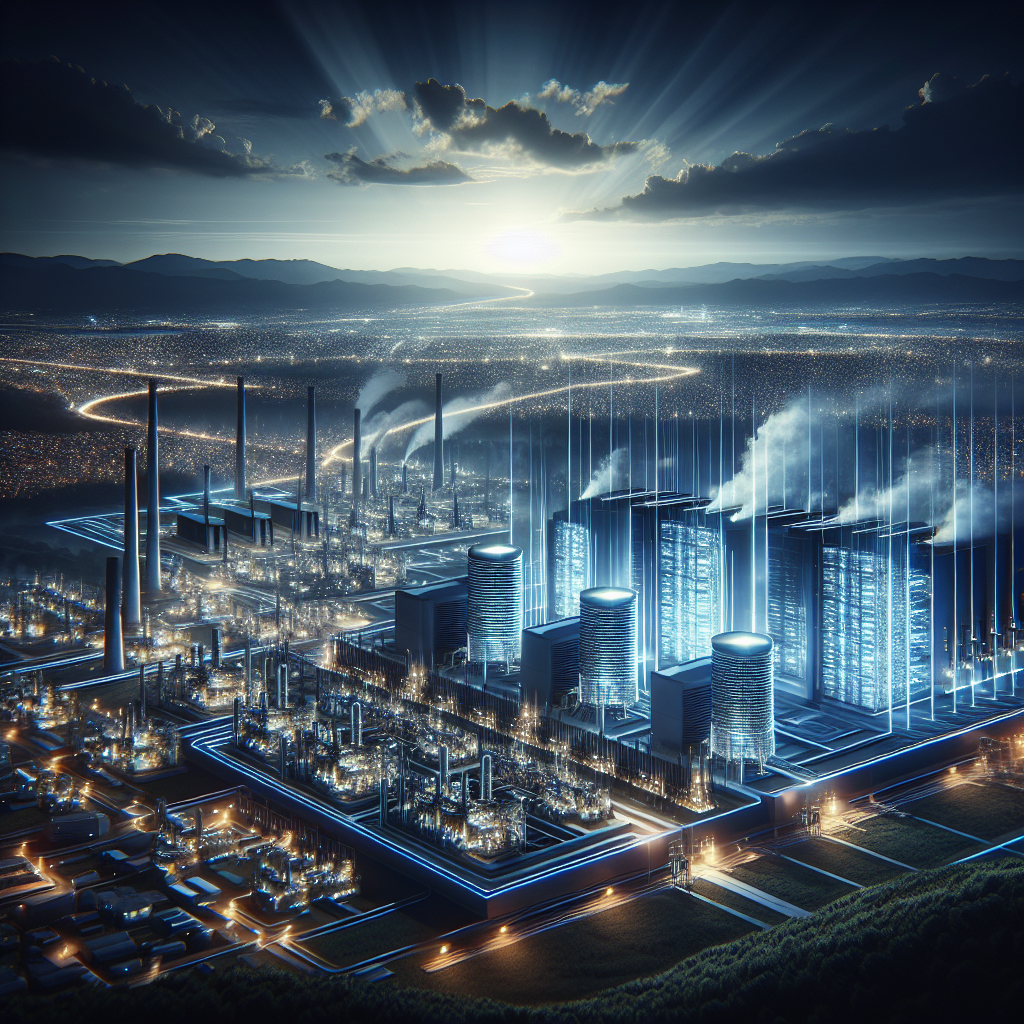Navigating Challenges and Opportunities in the Future of GPU-Driven AI Development
In the rapidly accelerating realm of artificial intelligence, the demand for graphical processing units (GPUs) has surged, pushing the boundaries of both technological capabilities and infrastructure. As businesses and research institutions push for more advanced AI models, the question of sustainability—both in terms of capital and energy—looms large. This analysis delves into the intricate dance of scaling GPU production, its burgeoning energy requirements, and the long-term implications of continued growth in AI computational power.
The GPU Gold Rush: Supply Challenges and Strategic Shifts
As noted in a recent dialogue about the state of GPU production, the past few years have highlighted significant supply constraints in the semiconductor industry. Despite the financial readiness of companies to invest in these crucial components, the supply chain has often lagged, bottlenecking progress. However, as these constraints begin to ease, there's a visible shift in strategy among tech giants and startups alike, who are now doubling down on their investments to bolster GPU capabilities.
What's particularly interesting is the shift from passive consumption of market-available GPU supplies to a more aggressive investment in proprietary production capabilities. This strategic pivot is not just about securing sufficient hardware but is also a competitive maneuver to edge out rivals in an increasingly AI-dependent world.
[https://www.youtube.com/watch?v=i-o5YbNfmh0]
The Capital Conundrum: Balancing Investment and Sustainability
Investing in GPU infrastructure is undeniably costly, with companies needing to pour billions into not only the processors themselves but also the accompanying data centers and cooling systems. The financial viability of these investments is a critical question, with firms calculating the return on investment in a landscape where technological obsolescence is rapid.
Yet, the capital investment is only part of the story. As the source suggests, the real challenge might soon shift from the availability of funds to the availability of power.
Power Play: The Energy Dilemma in Scaling AI
In an industry that could potentially require as much energy as a "meaningful nuclear power plant" solely for training AI models, the transition towards more substantial power consumption raises significant environmental and logistical questions. Building out the capacity to support gigawatt-level data centers is not just a technical challenge but a regulatory and societal one, fraught with hurdles in energy procurement and infrastructure development.
This is no small feat. The regulatory landscape governing energy is complex and heavily tied to geopolitical and environmental issues. The process of getting energy projects off the ground is mired in permits, public consultations, and often, opposition from various stakeholders concerned about the ecological impact.
Regulatory Roadblocks and Long-term Strategic Planning
Any company looking to massively scale its AI operations with high-power data centers must navigate a labyrinth of regulatory processes. These can often extend project timelines by several years, a delay that can be detrimental in an industry evolving as rapidly as AI.
Hence, while the financial and technical aspects of scaling up AI infrastructures are daunting, the regulatory aspect can be equally if not more challenging. Long-term strategic planning becomes crucial, necessitating a forward-looking approach that anticipates and adapts to these regulatory landscapes.
The Exponential Unknown: Predicting the Pace of Progress
Amid these challenges, the exponential growth in AI capabilities adds another layer of complexity. Predicting how long and how intensively this growth will continue is difficult, adding uncertainty to already complicated investment decisions. Companies are betting big on the future, investing in infrastructures that might one day be at the heart of groundbreaking AI advancements.
Yet, history hints at eventual plateaus in technological growth, suggesting that while the ascent may be steep, it is not unlimited. The industry might soon reach a point where the cost of overcoming the next obstacle outweighs the benefits—unless new technologies or methodologies emerge to shift the equation.
In conclusion, the journey ahead for AI development is fraught with challenges that extend far beyond the technical realm into issues of environmental sustainability, regulatory compliance, and financial viability. The industry's response to these challenges will not only shape its own trajectory but also have wide-reaching implications for society at large. As stakeholders continue to navigate this complex landscape, the decisions made today will resonate well into the future, potentially setting the stage for a new era of innovation or a sobering reassessment of AI's limits.
For more detailed insights into GPU technology and energy use in data centers, consider visiting the following resources:
- NVIDIA’s official blog for updates on GPU advancements and case studies.
- Data Center Knowledge for in-depth analysis on the intersection of power, space, and cooling challenges in large-scale data centers.
Related News
- Navigating the GPU Wave: Strategic Insights from the Frontlines of Tech Evolution
- Nvidia's GTC Extravaganza: A Dive into the Future of AI and Computing
- The Evolving Landscape of GPU Technology: A Zesty Take on Recent Developments
- Navigating the Turbulent Waters of Modern GPU Markets and Driver Dilemmas
- Navigating the AI Evolution in Gaming: From Theory to Inevitable Reality
